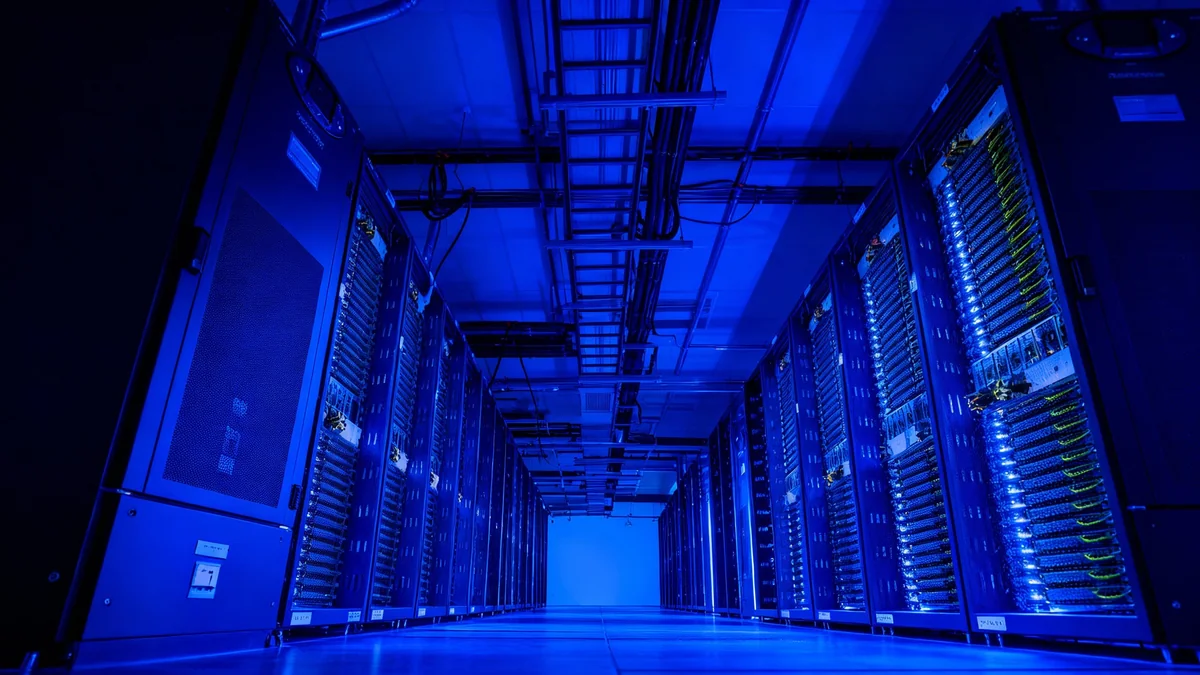As aging infrastructure and extreme weather events place increasing strain on the U.S. power grid, one company is positioning a new energy storage system as a way for consumers to achieve energy independence. Paladin Power has developed an all-in-one system that completely bypasses traditional lithium-ion batteries, utilizing solid-state graphene technology instead.
The company reports it has already generated over $5 million in contracted revenue and deployed dozens of its systems in residential and commercial properties. The technology aims to provide a more durable, powerful, and safer alternative to existing battery storage solutions on the market.
Key Takeaways
- Paladin Power has developed the only non-lithium, all-in-one energy storage system currently available in the U.S.
- The system uses solid-state graphene battery technology, which the company claims is non-flammable and has a lifespan 10 times longer than lithium batteries.
- The company has secured a manufacturing partnership with Jabil, a NYSE-listed global manufacturer, to scale production.
- Paladin reports over $5 million in contracted revenue and has deployed 48 systems to date, signaling early market traction.
America's Grid Under Pressure
The reliability of the national power grid has become a growing concern for homeowners and businesses. An increase in major power outages, defined as those affecting 50,000 or more people, highlights the system's vulnerability to extreme weather and aging components.
Events like wildfires in California and ice storms in Texas have demonstrated how easily local grids can fail, leaving communities without power for extended periods. In some extreme cases, such as a community in Rancho Palos Verdes, California, eroding cliffs made infrastructure access impossible, forcing the local government to abandon grid service to the area.
This growing unreliability, coupled with rising electricity costs, is driving demand for alternative power solutions. Consumers are increasingly looking for ways to ensure a stable power supply that is not entirely dependent on a single point of failure.
The Rise of Home Energy Storage
The home energy storage market is expanding rapidly as consumers seek backup power and ways to offset high utility costs. Traditionally dominated by lithium-ion batteries, like the Tesla Powerwall, the sector is now seeing new technologies emerge that promise improved safety and performance.
A New Approach to Energy Storage
Paladin Power's system is designed to function as the primary power source for a home, treating the grid as a backup rather than the other way around. The all-in-one platform integrates a battery, inverter, EV charger, and energy management software into a single unit.
This integrated approach differs from many existing systems that require multiple components from different manufacturers to be installed together. According to the company, its single unit can replace 6 to 10 units from competitors like Tesla or Enphase, reducing space requirements by up to 80% and simplifying installation.
"Where utilities failed, Paladin provided power," the company stated, referencing its deployment in the grid-abandoned Rancho Palos Verdes community.
The system is engineered to power every circuit in a home, including high-demand appliances and electric vehicle chargers, enabling what the company calls a 100% energy offset for greater savings compared to conventional net metering.
The Graphene Battery Advantage
The core of Paladin's technology is its solid-state graphene battery. This innovation moves away from the liquid electrolytes found in lithium-ion batteries, which have been associated with fire risks in some products.
The company highlights several key performance metrics that it says differentiate its technology from lithium-based competitors.
Graphene vs. Lithium: Key Metrics
- Lifespan: 50,000 charge cycles, equivalent to approximately 137 years of daily use—reportedly 10 times longer than lithium.
- Speed: Charges and discharges up to 24 times faster than common lithium iron phosphate batteries.
- Safety: Uses a non-flammable solid electrolyte, allowing for approval in areas where lithium systems may be restricted.
- Power: A single unit has 9 to 13 times the power output of a Tesla Powerwall.
These advantages are backed by a 20-year warranty on the entire system, a significant commitment in the energy storage industry. The battery's composition also makes it 60% lighter while offering twice the energy density of comparable lithium batteries.
From Concept to Market
Paladin Power has transitioned from research and development to commercial deployment. The company reports it has generated over $5 million in contracted revenue and has already installed 48 systems for both residential and commercial clients.
To meet growing demand, Paladin has partnered with Jabil (NYSE: JBL), a Tier 1 global manufacturer, to produce its systems. This strategic partnership provides the scale and manufacturing expertise needed to expand its footprint across the United States and internationally.
The company's intellectual property portfolio, which underpins its unique technology, has been independently valued at $200 million. Financially, Paladin has raised $9.2 million from over 3,000 investors, with one recent $5 million round filling in just four days.
The Investment Horizon
Paladin is targeting a global market for energy storage, electrification, and EV infrastructure that it values at over $500 billion. The company is currently expanding its operations into more than 20 U.S. states, Puerto Rico, and other international regions where grid instability is a primary concern.
Looking ahead, Paladin plans to launch a new, more powerful 10-80kW inverter system in late 2025. This product is designed for larger applications, including farms, small businesses, and other properties with higher energy demands.
The company is currently raising capital through a Regulation CF offering, allowing everyday investors to buy into the company before a potential future public offering. This follows a trend of hardware and technology companies leveraging crowdfunding platforms to fuel growth and build a community of supporters.





